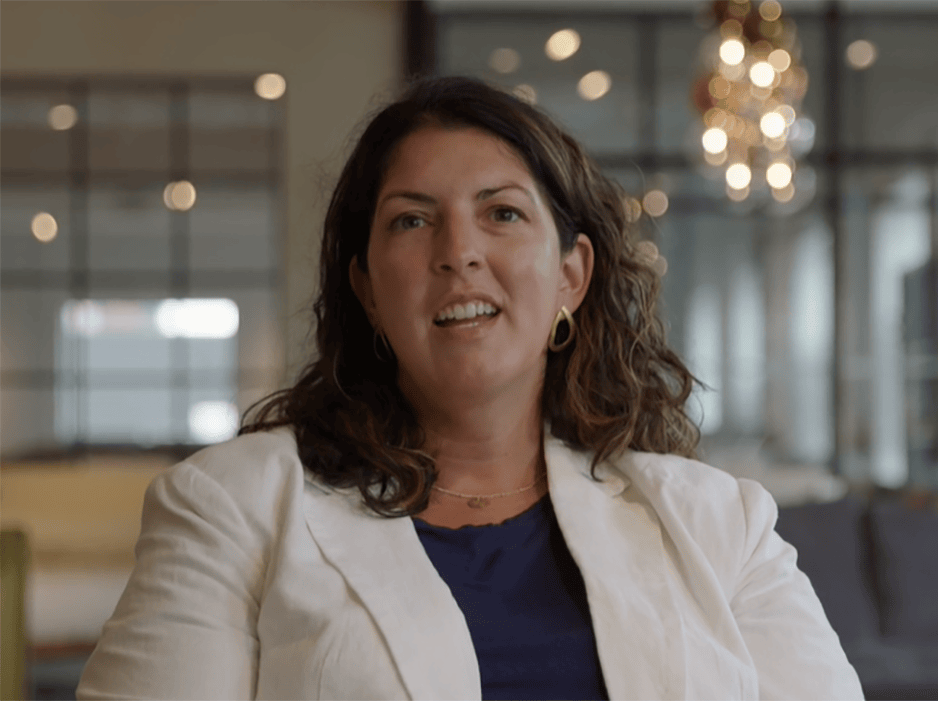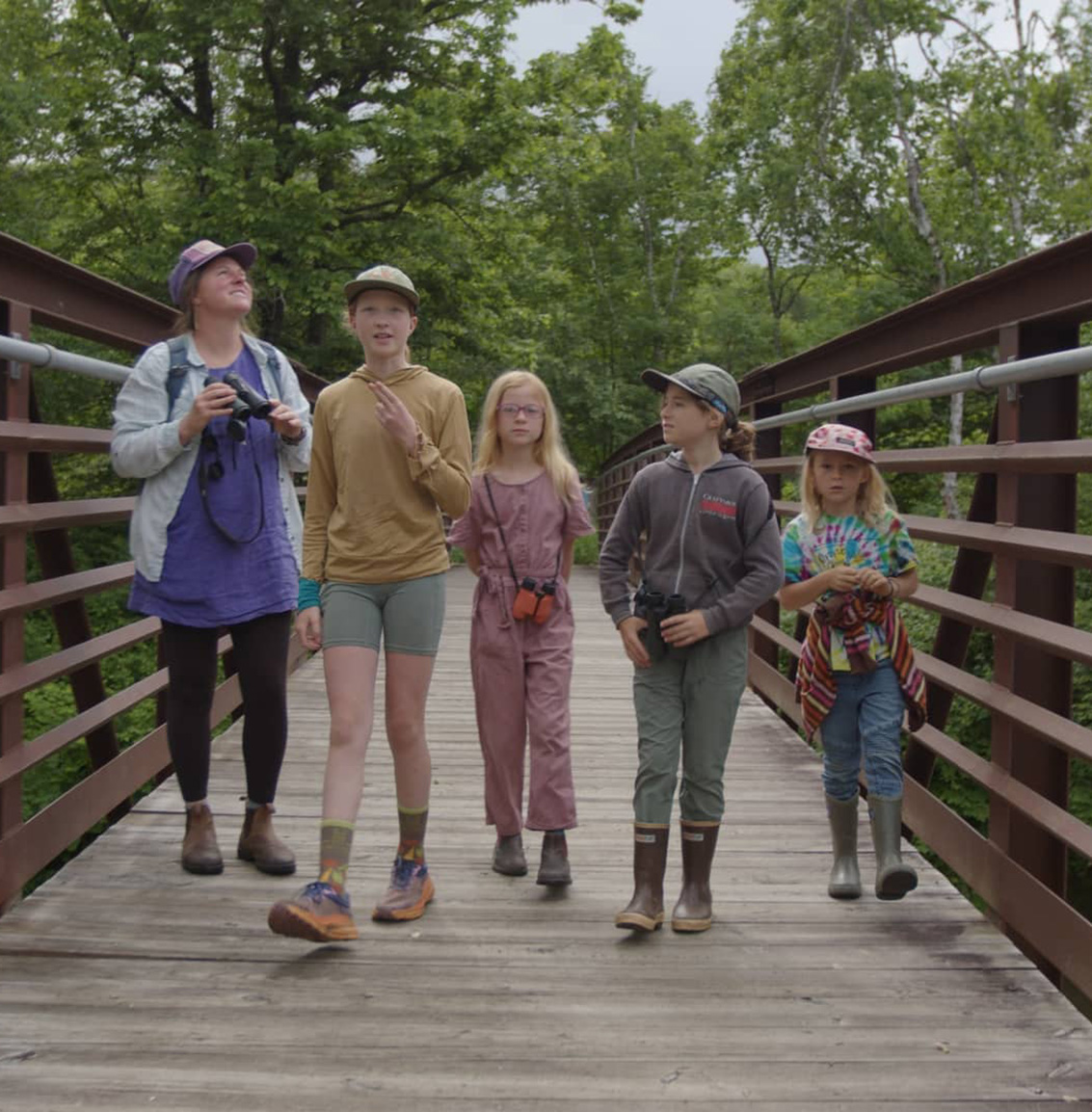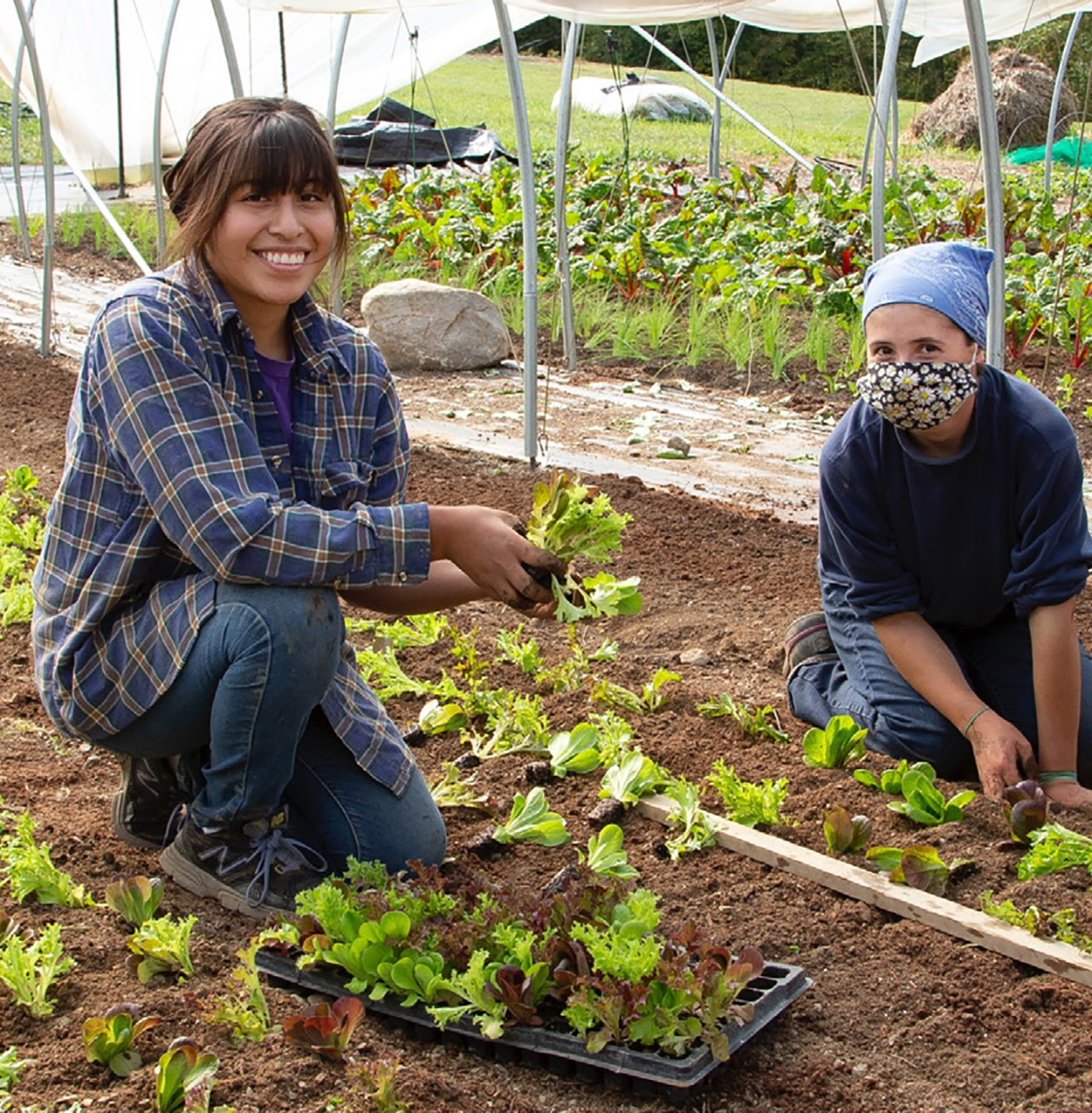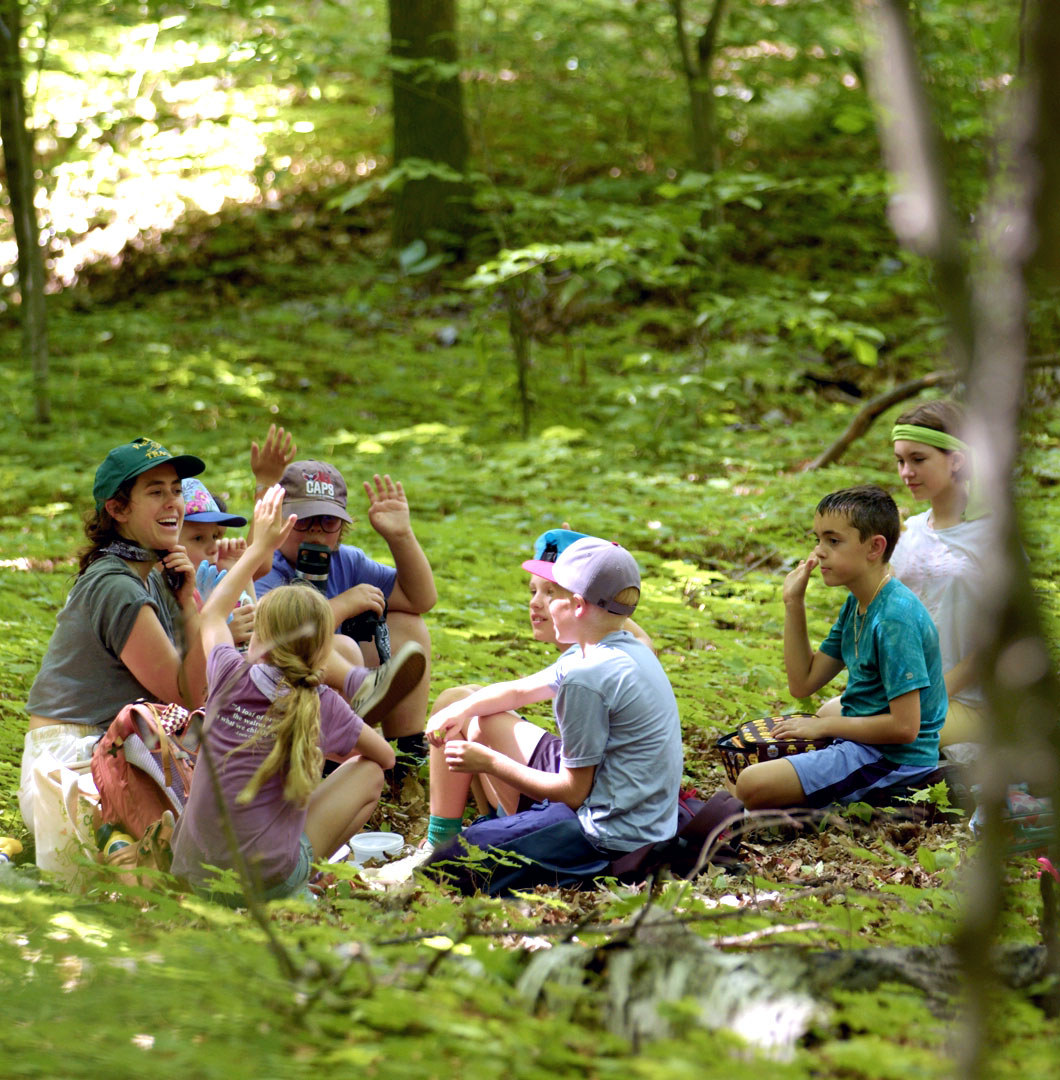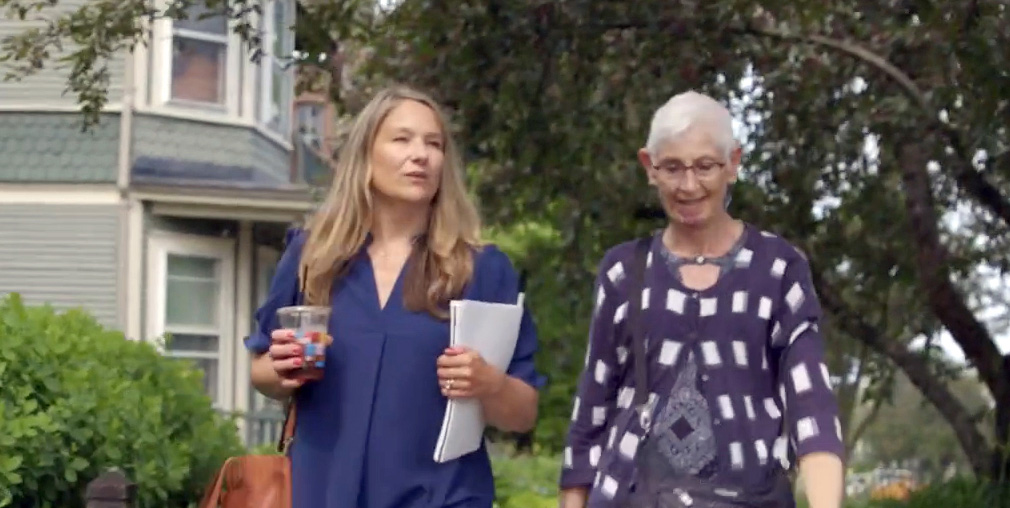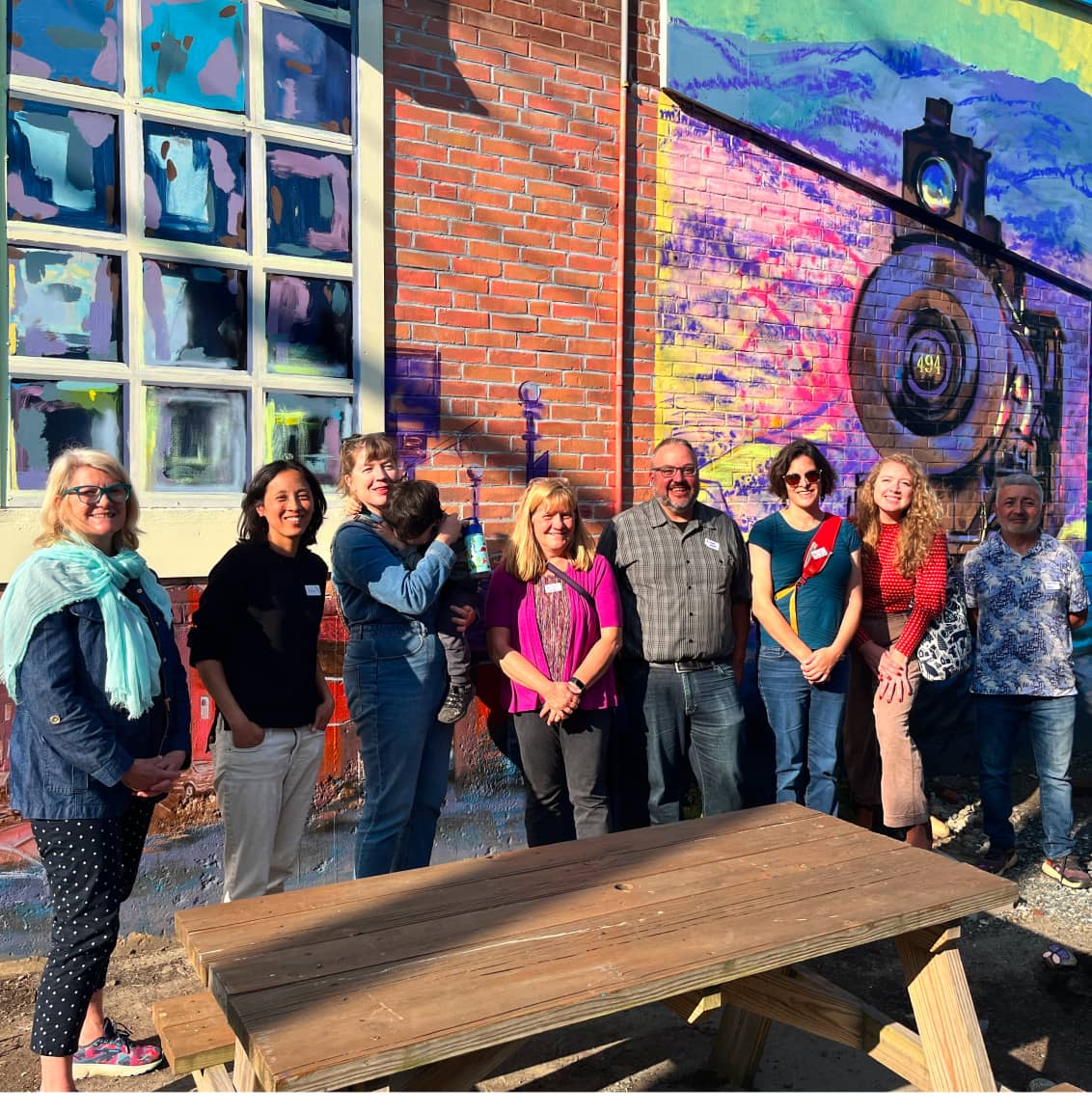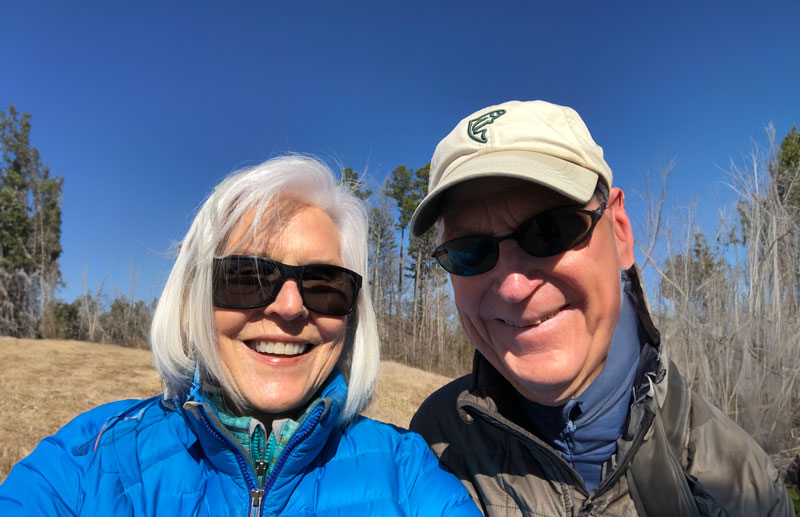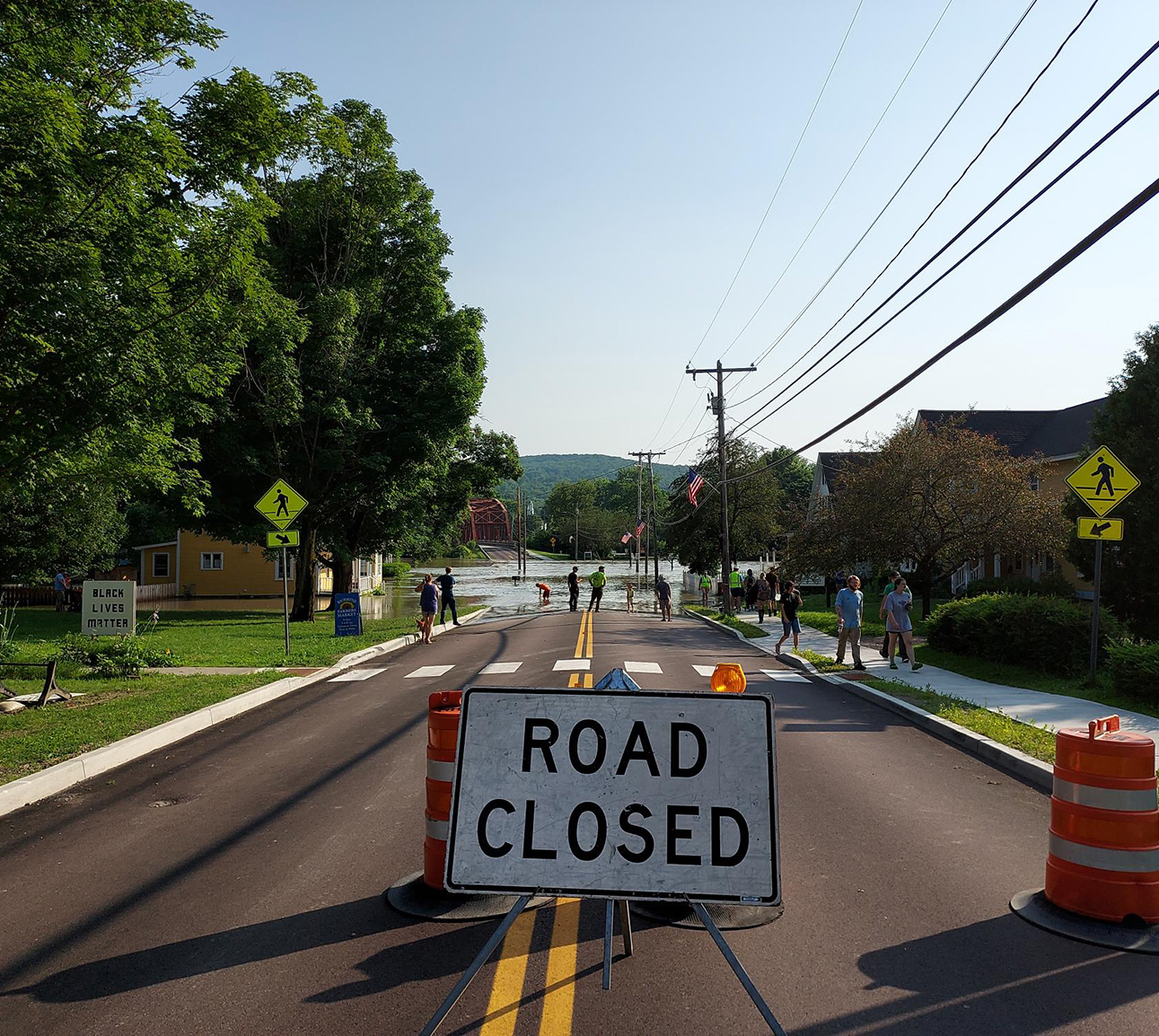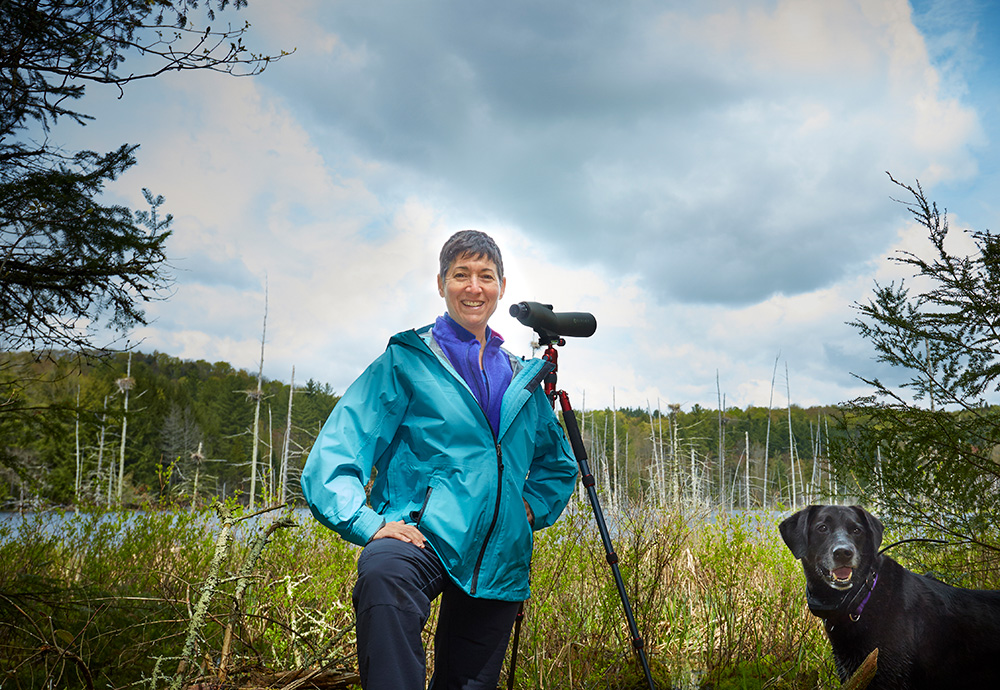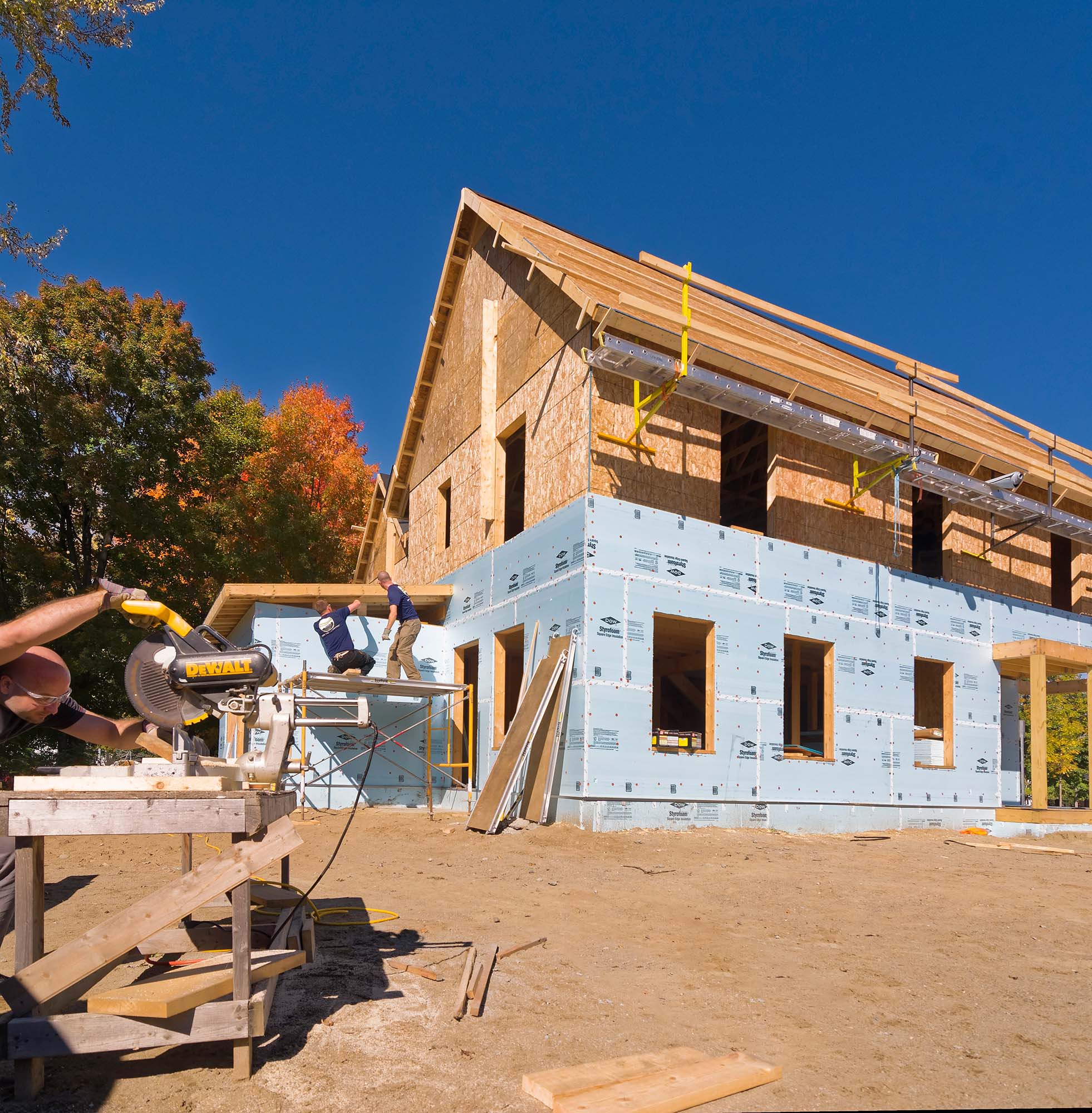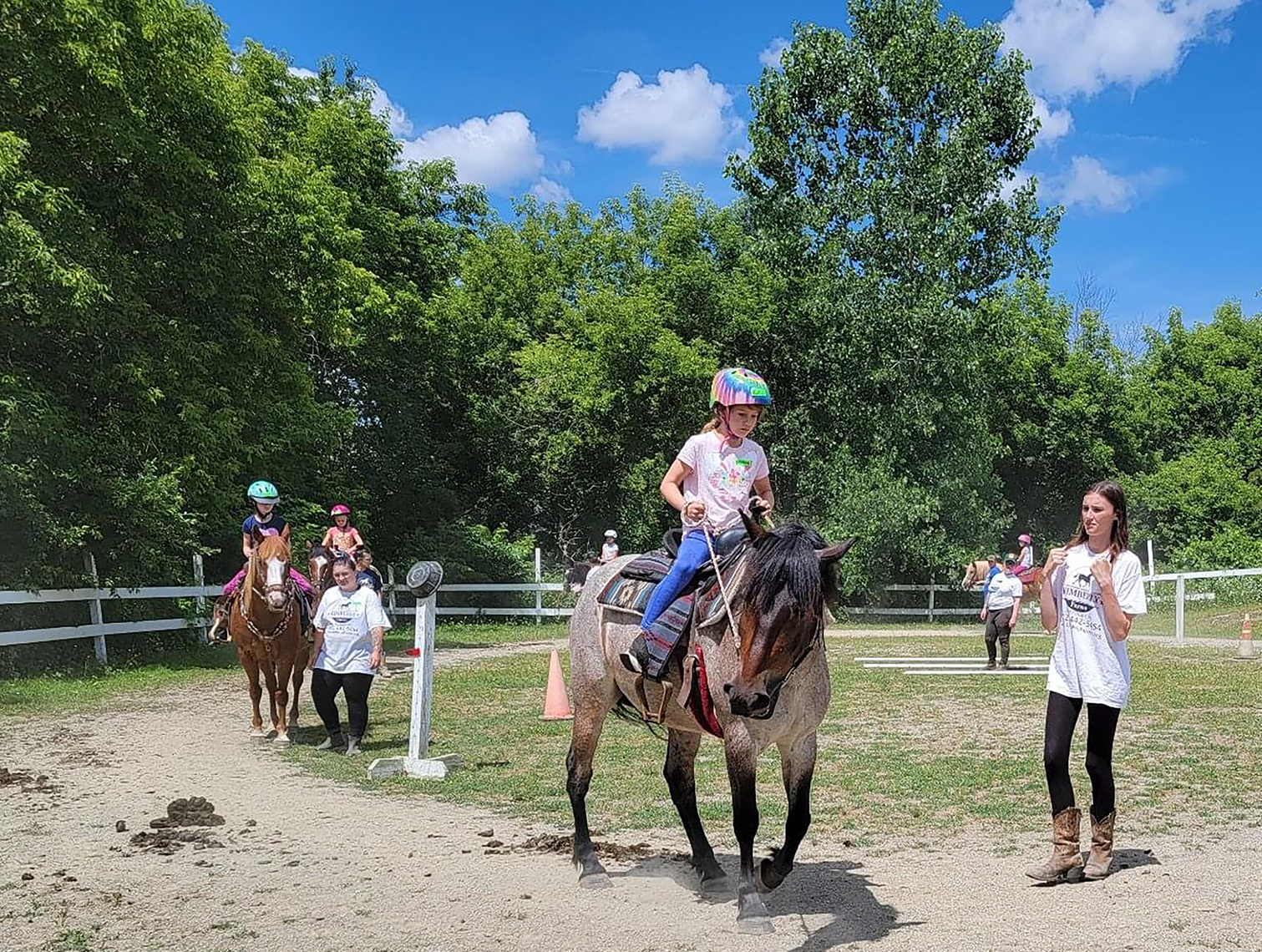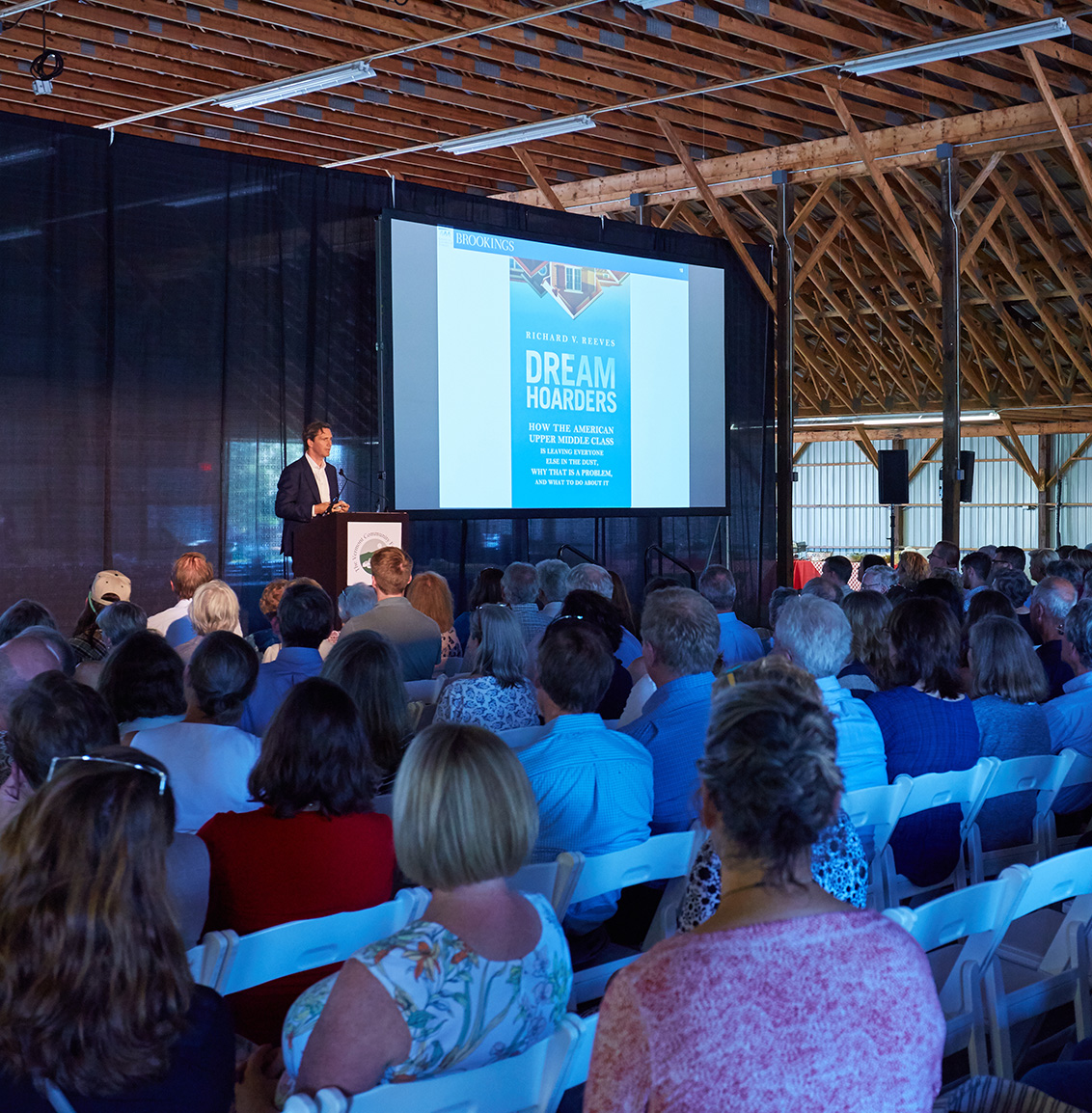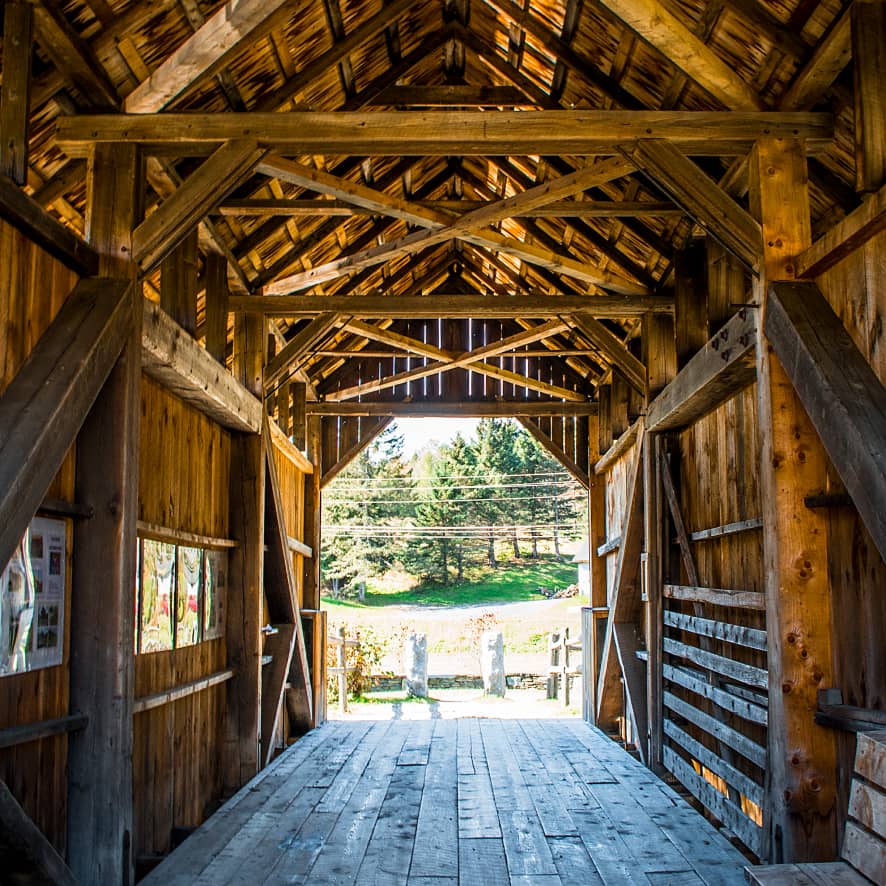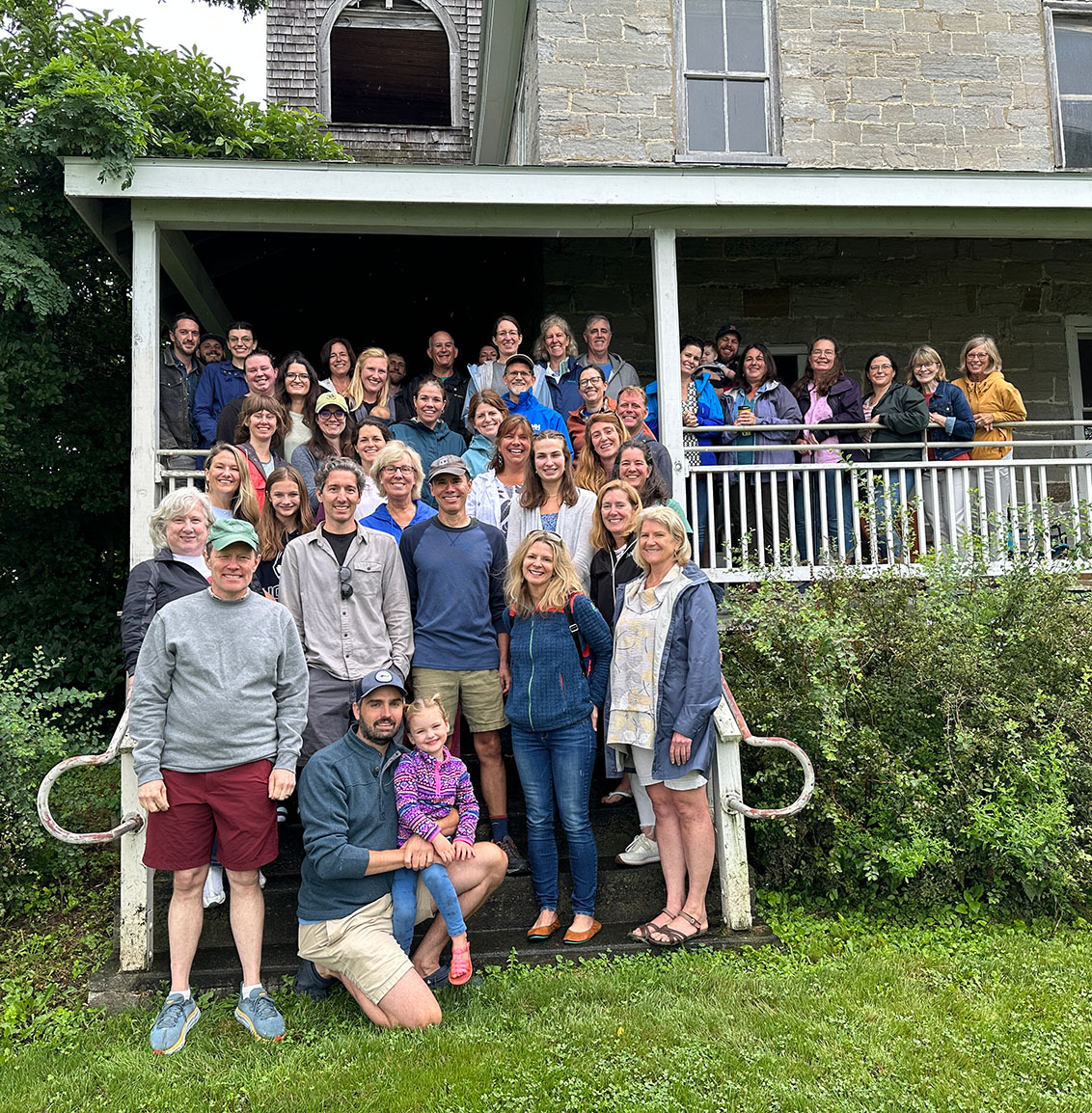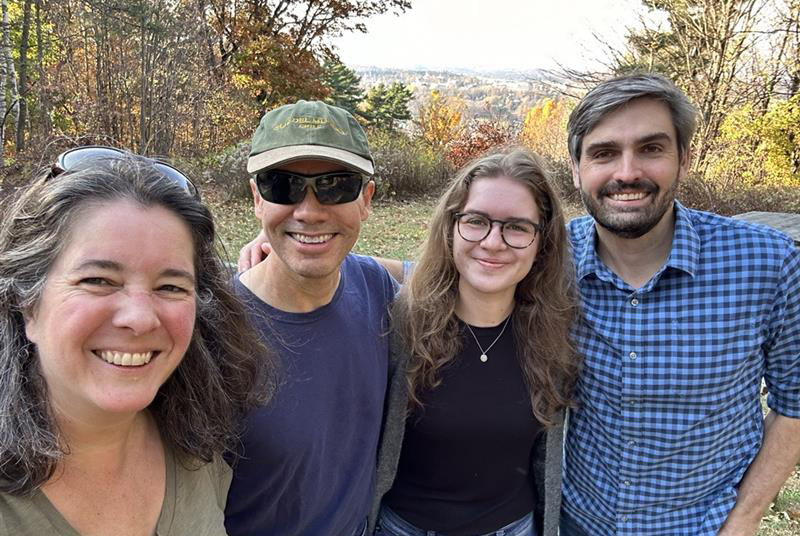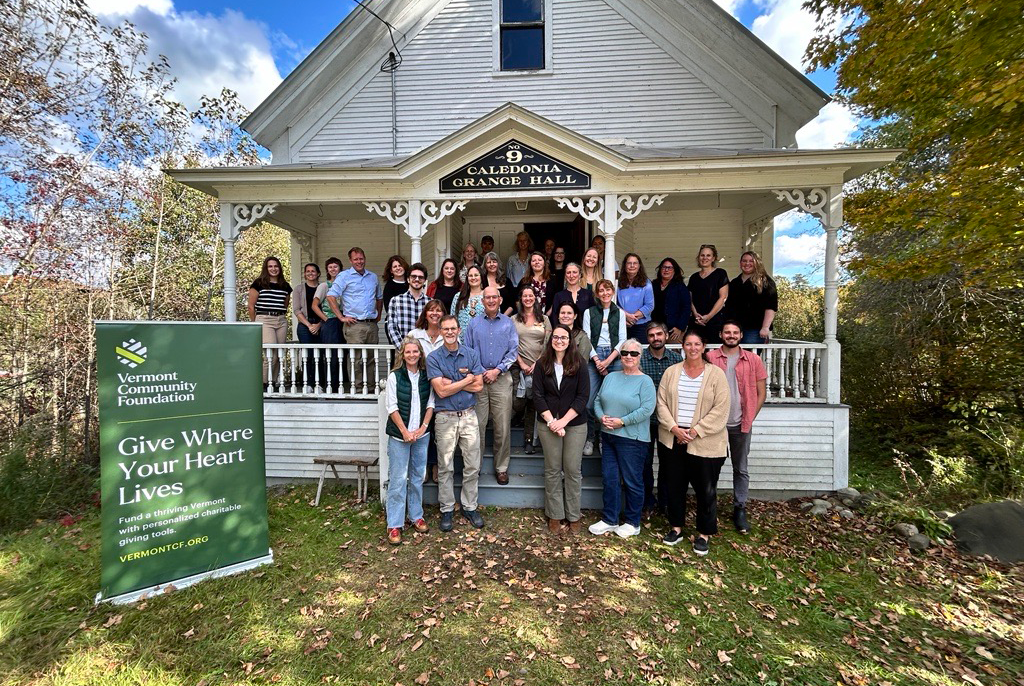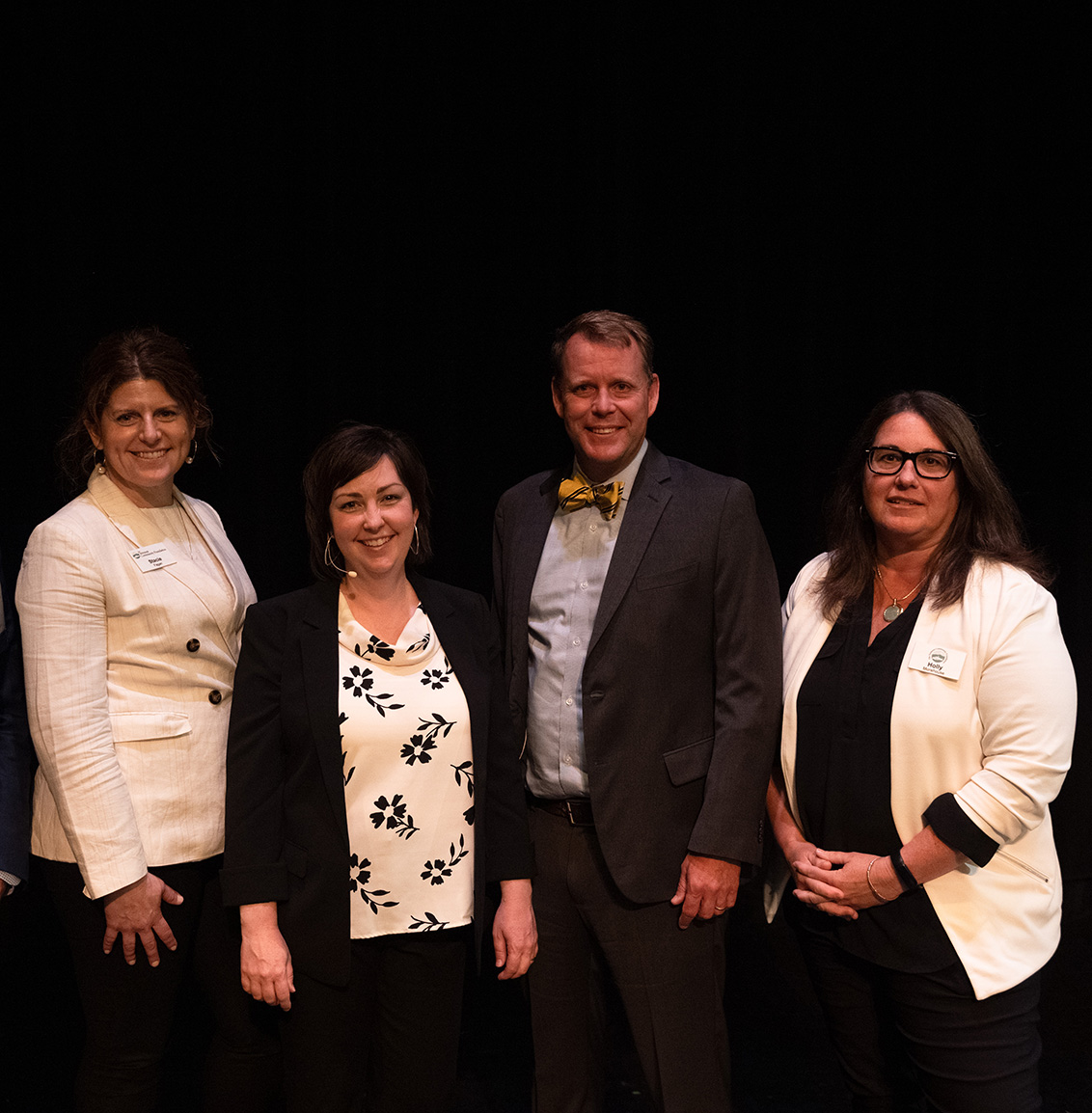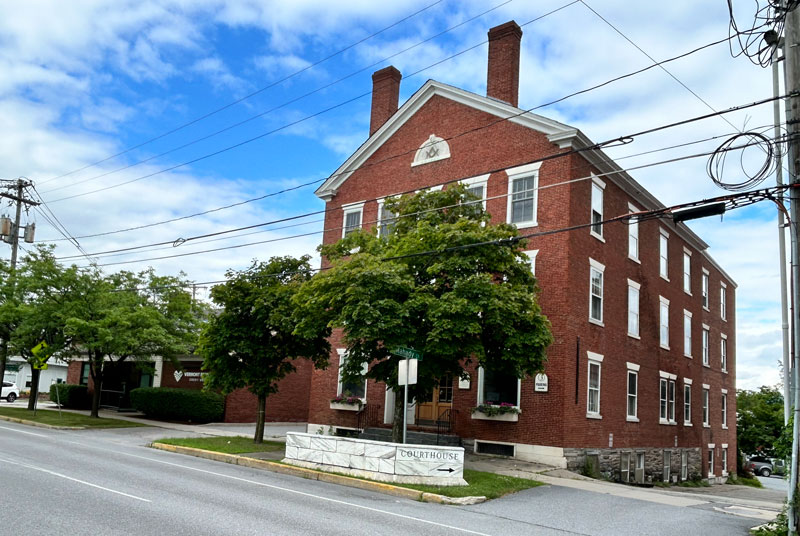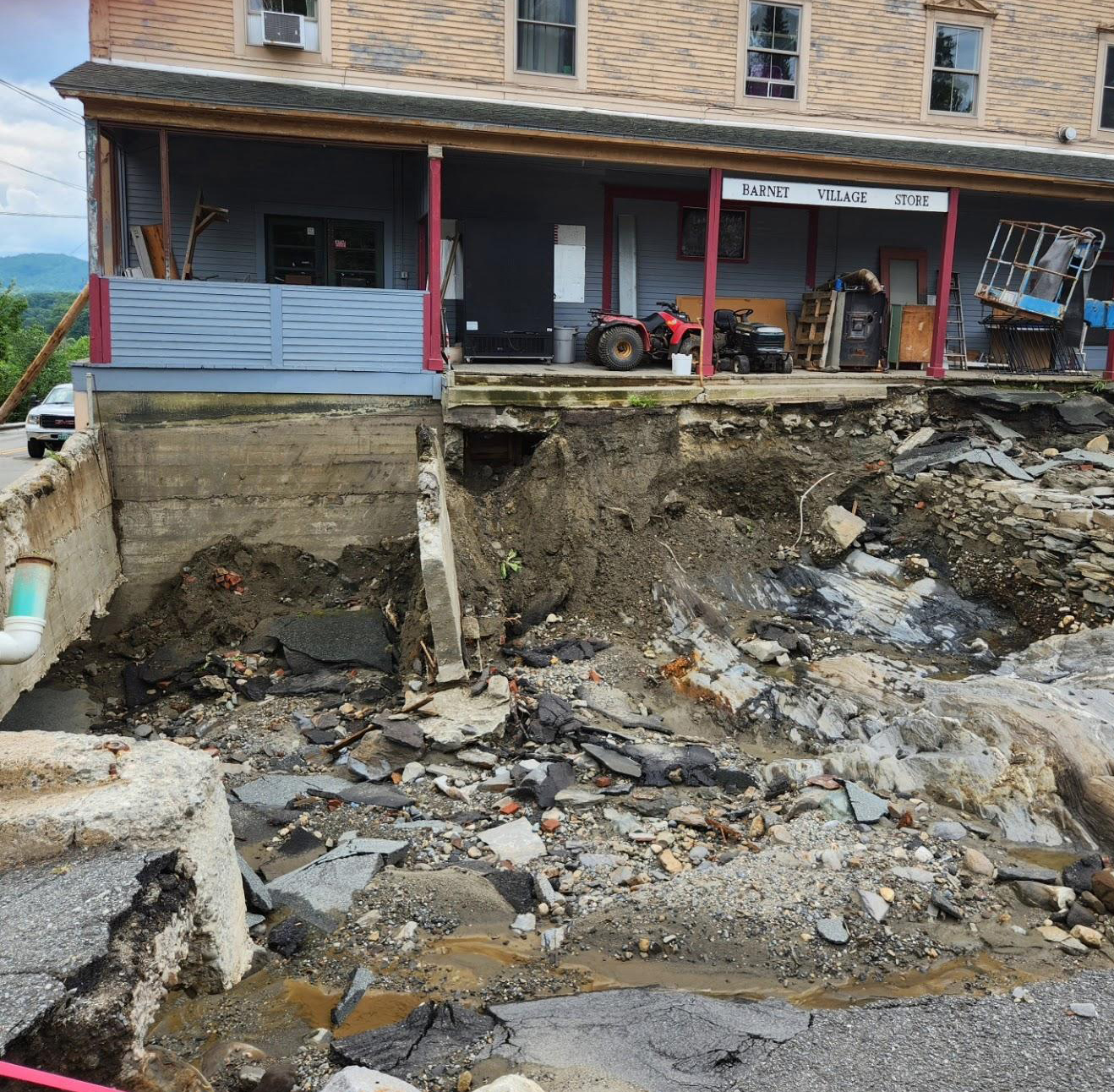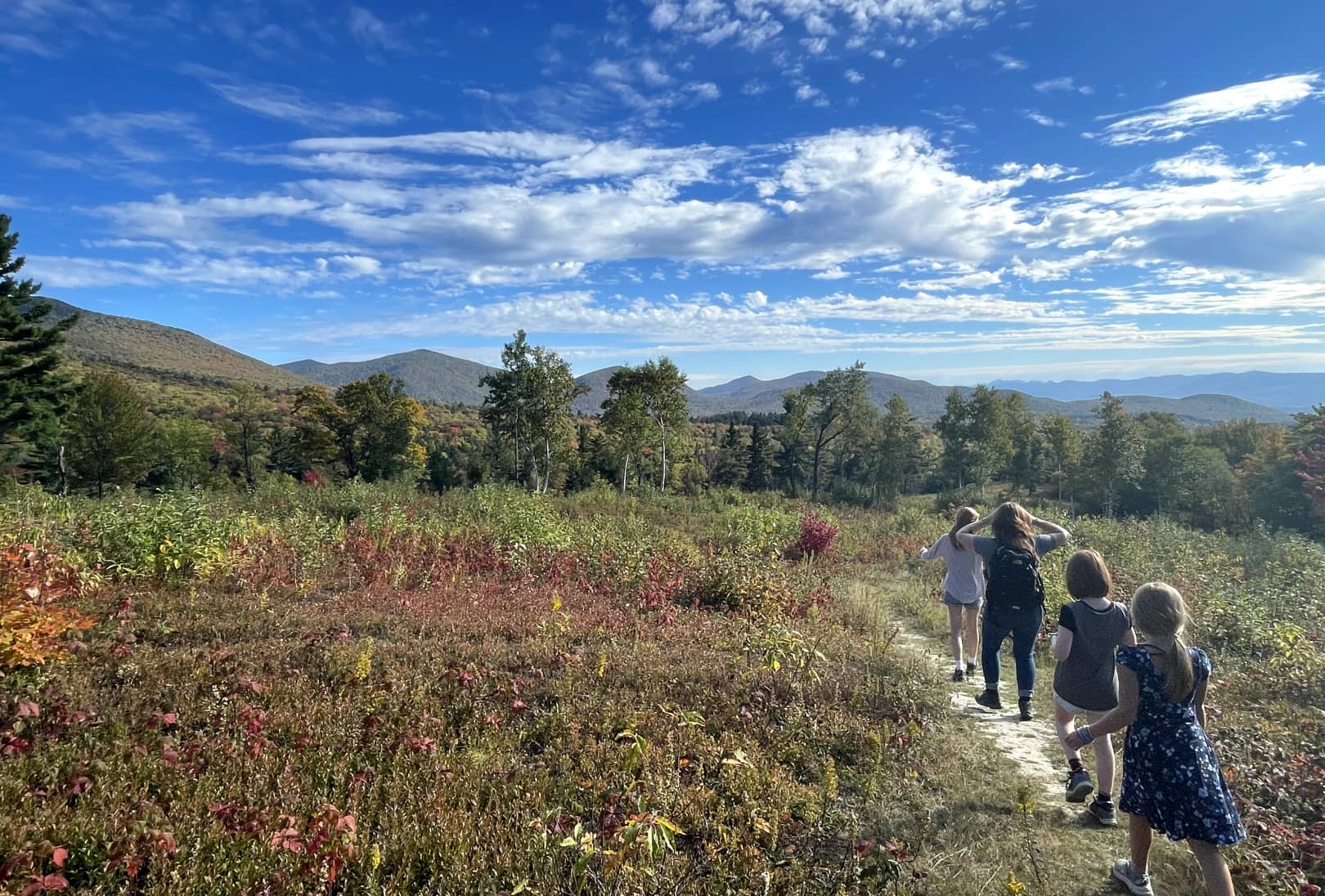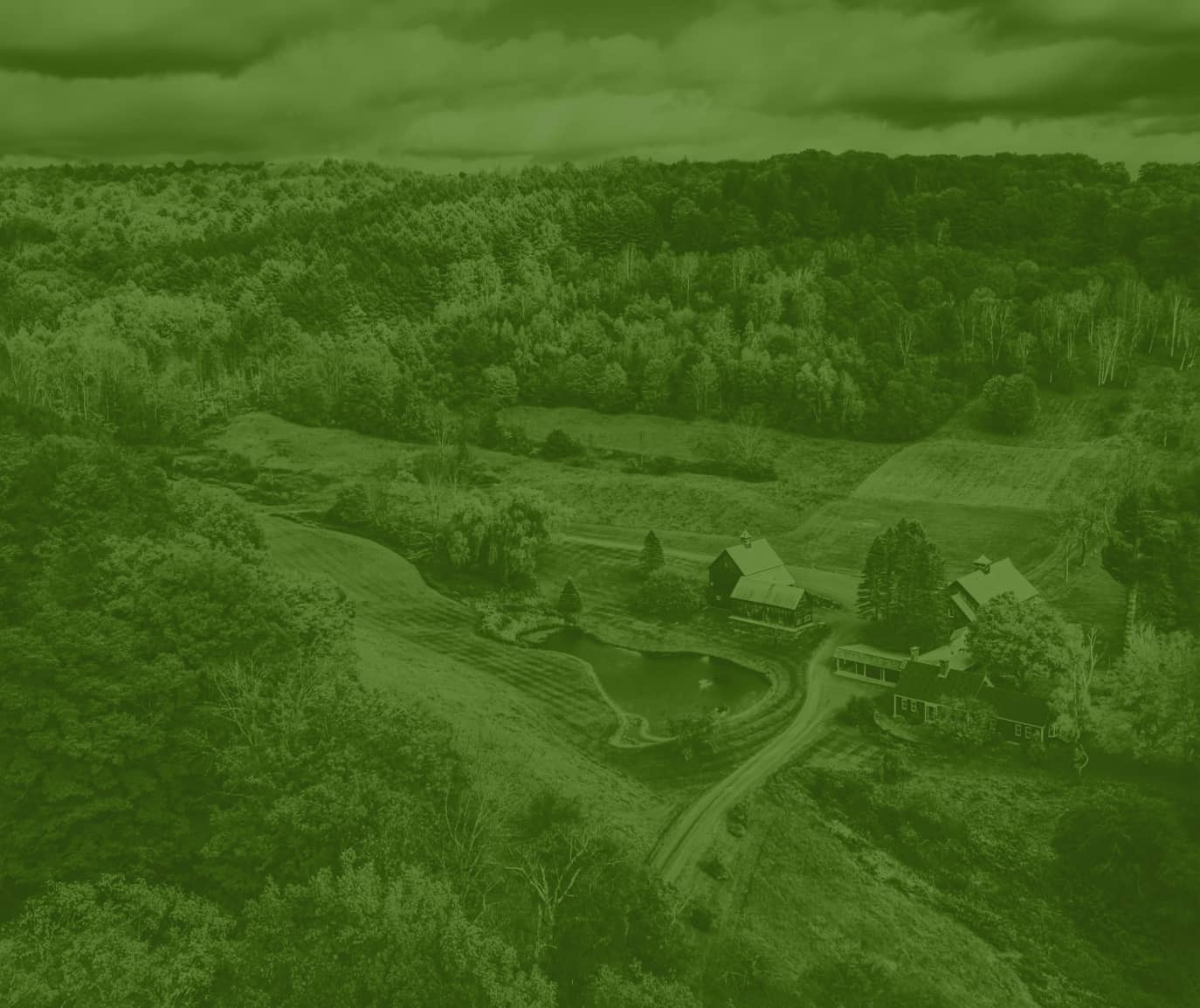VCF’s Climate & the Environment Impact Area supports organizations that are proactive in developing equitable community-led solutions and resilience-building efforts to address the changing climate in Vermont. This funding strategy incorporates the learnings and historical work of the High Meadows Fund and prioritizes equity and inclusion by amplifying the voices of marginalized groups and fostering partnerships with community-based organizations and community leaders.
Agriculture & Food Systems
Supporting efforts to build resilient agricultural systems that improve soil, air, water, and animal and human health in Vermont.
VCF seeks to enhance sustainability and equity in Vermont’s food and agriculture sector through collaborations with local farmers, communities, and nonprofit partners.
Forest & Land Use
Providing critical support to Vermont’s rich natural resources (forests, farmland, and watersheds) and rural communities as these resources and communities provide jobs, produce goods, and enhance climate change adaptation efforts.
VCF’s funding strategy emphasizes sustainable land management practices that not only enhance resilience but also promote biodiversity and economic prosperity. By fostering partnerships with forest owners, community groups, land managers, and nonprofit partners, the foundation seeks to support improvements in forest health, land stewardship, and community well-being.
Climate & Community Resilience
Supporting communities and towns with information and resources to help improve their resilience to climate change while addressing the legacy of systemic inequity that continues to influence their lives and livelihoods.
Acknowledging that local perspectives and needs are essential for effective climate resilience, we recognize that a thriving Vermont depends on the successful coexistence of healthy communities, robust ecosystems, and sustainable economies. VCF’s goal is to foster collaboration and empower communities to enhance their climate resilience, advance energy transformation, and adapt to the changing environments.
Talk with a Philanthropic Advisor today
By contributing to our climate and the environment fund, or by making a grant through a donor advised fund, we can broaden our impact to make an even bigger difference.
